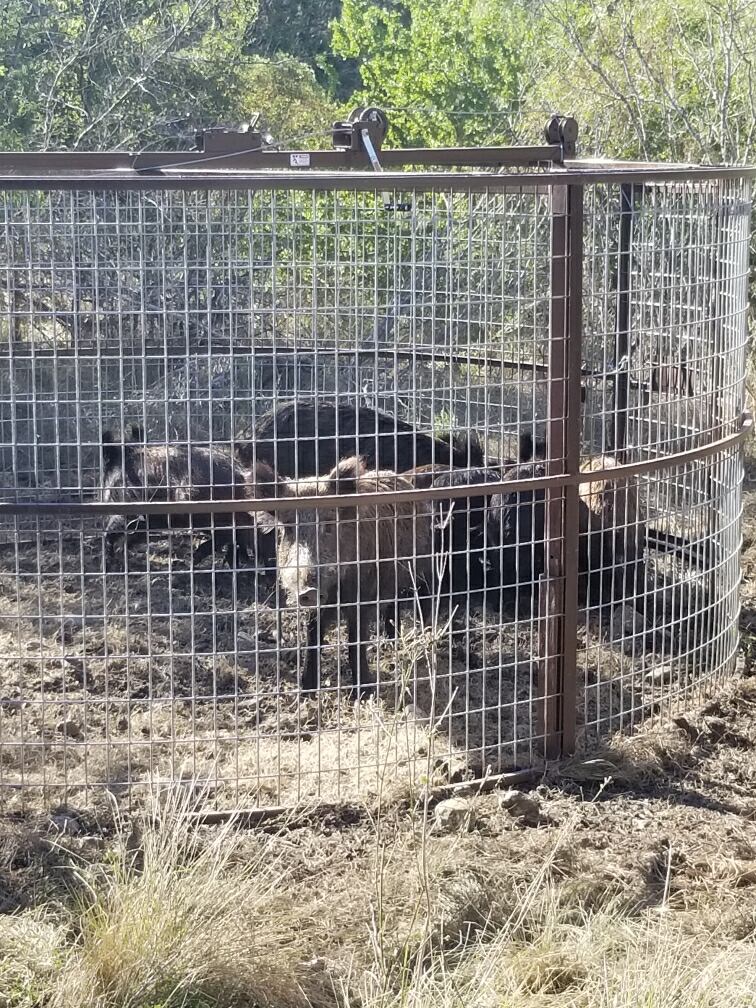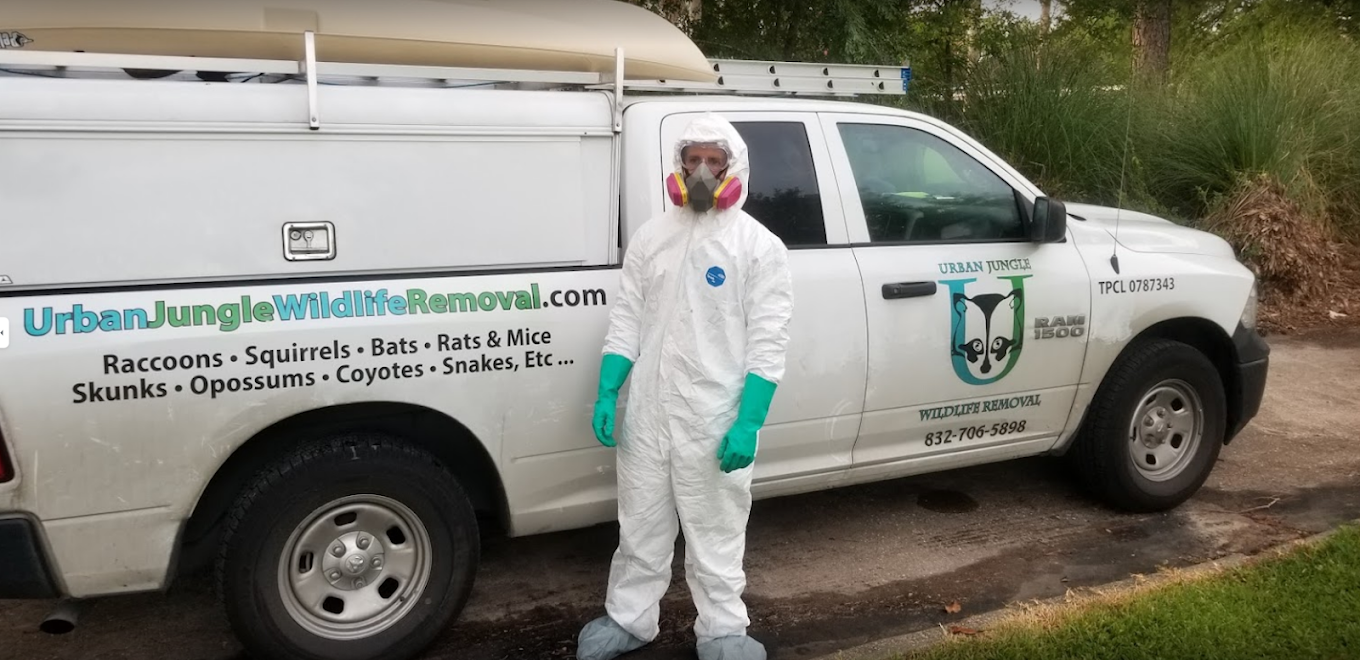
Feral hogs, also known as wild hogs, are a nuisance and an inconvenience to many homeowners around the U.S. These animals carry a variety of diseases and cause severe damage to cars, lawns, crops and houses, often leading to expensive repairs. At Urban Jungle Wildlife Removal, we can provide reliable information on this wildlife infestation, helping you identify and address the problem.
What Do Feral Hogs Look Like?
Feral hogs have short, stocky bodies reaching about 5 feet in length and 3 feet in height. These animals can weigh between 150 to 200 pounds. Feral hogs have protruding snouts with a scrunched-up appearance. They have varying coat colors, including black, brown or white and may be plain or spotted.
Although feral hogs are relatives of pigs, they are not to be confused with common domestic pigs. These hogs have tusks that continue to grow unless someone trims them. They also have tough hides and strong muscles, allowing them to run fast and swim.
What Do Feral Hogs Eat and What Would Attract Them to Your Property?
Feral hogs are omnivores and will eat almost anything they see. They destroy crops and gardens by uprooting plants with their tusks and snouts, eating any vegetation they find. You may attract feral hogs to your property if you grow fruits and vegetables. They will also eat bugs and grubs that live in the soil and will often destroy large tacks of land while root around looking for food. Feral hogs are particularly fond of acorns, so if you have an oak tree, you’ll likely receive a few visits.
Do Feral Hogs Eat Other Animals?
In the wild, feral hogs prey on kid lambs, fawns, small birds and reptiles. If you farm small animals, such as rabbits, calves and baby goats, feral hogs may come to your property to eat them. They may also visit your yard to eat chicken eggs and chicks.
Where Do Feral Hogs Live?
Wild hogs generally live in forests with plenty of vegetation and water. However, due to their nonselective diet, they can adapt to any environment with sufficient food. Forests are the ideal location for these creatures since there’s more than enough vegetation, acorns, nuts and small animals, such as birds and reptiles, to eat. Feral hogs also enjoy habitats with muddy wallows they can lie in.
In residential areas, feral hogs tend to rummage through crops and fields for vegetation, destroying your lawns and uprooting your plants. If your yard has muddy patches, feral hogs may use them to stay cool on warm days.
What Do Wild Pigs Sound Like?
Feral hogs make different sounds, such as growling when threatened, grunting as they look for food and squealing when interacting with other wild hogs. If you don’t hear any of their distinct sounds, you can also keep an ear out for rustling noises in your yard as they move through your garden.
Call Urban Jungle for Feral Hog Removal Services
You may want to remove feral hogs from your property by yourself, but these creatures are aggressive when they feel threatened. They may attack when you approach them, which can be dangerous since they carry diseases. Instead, contact Urban Jungle to remove feral hogs and prevent future returns.

